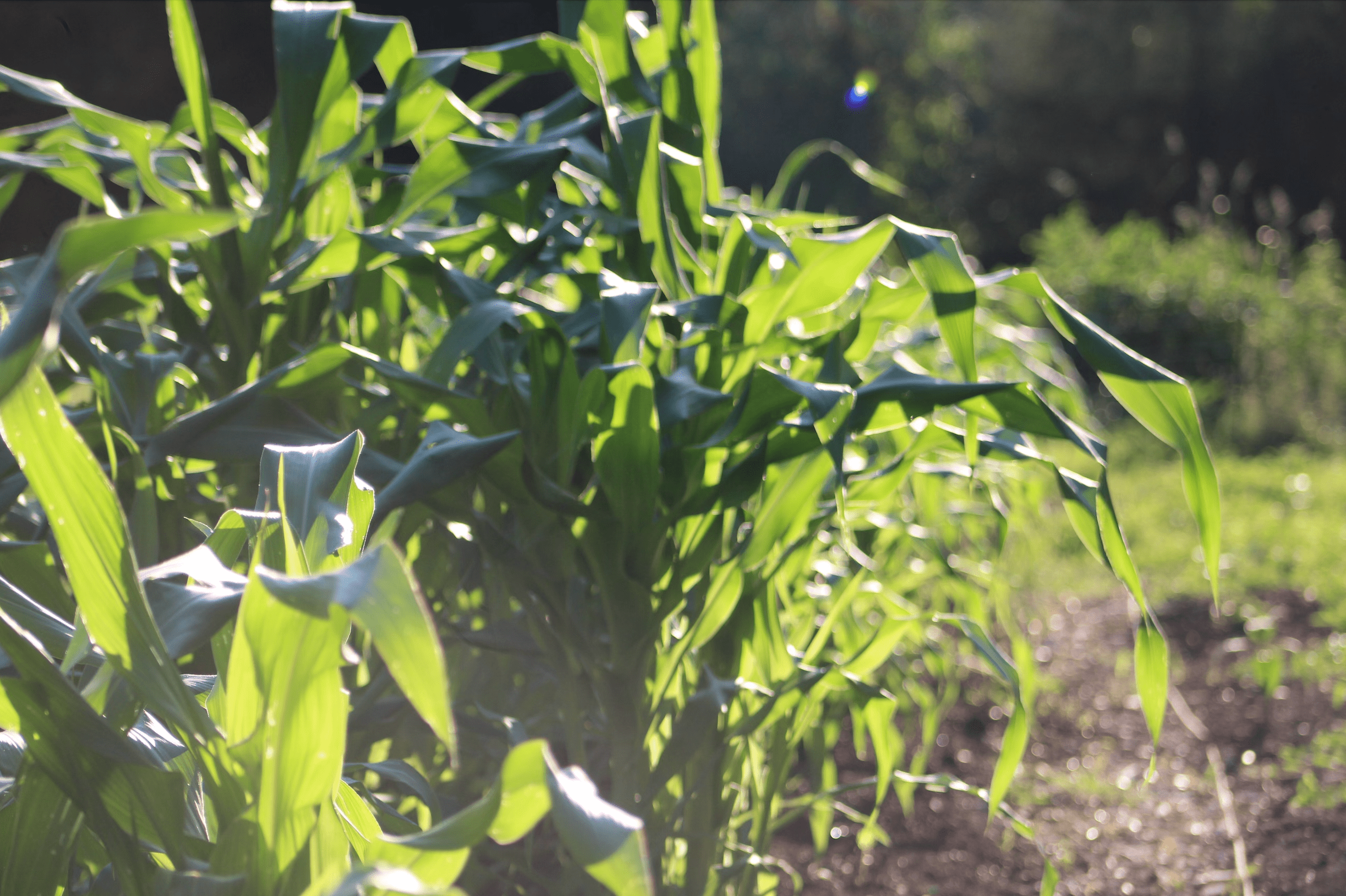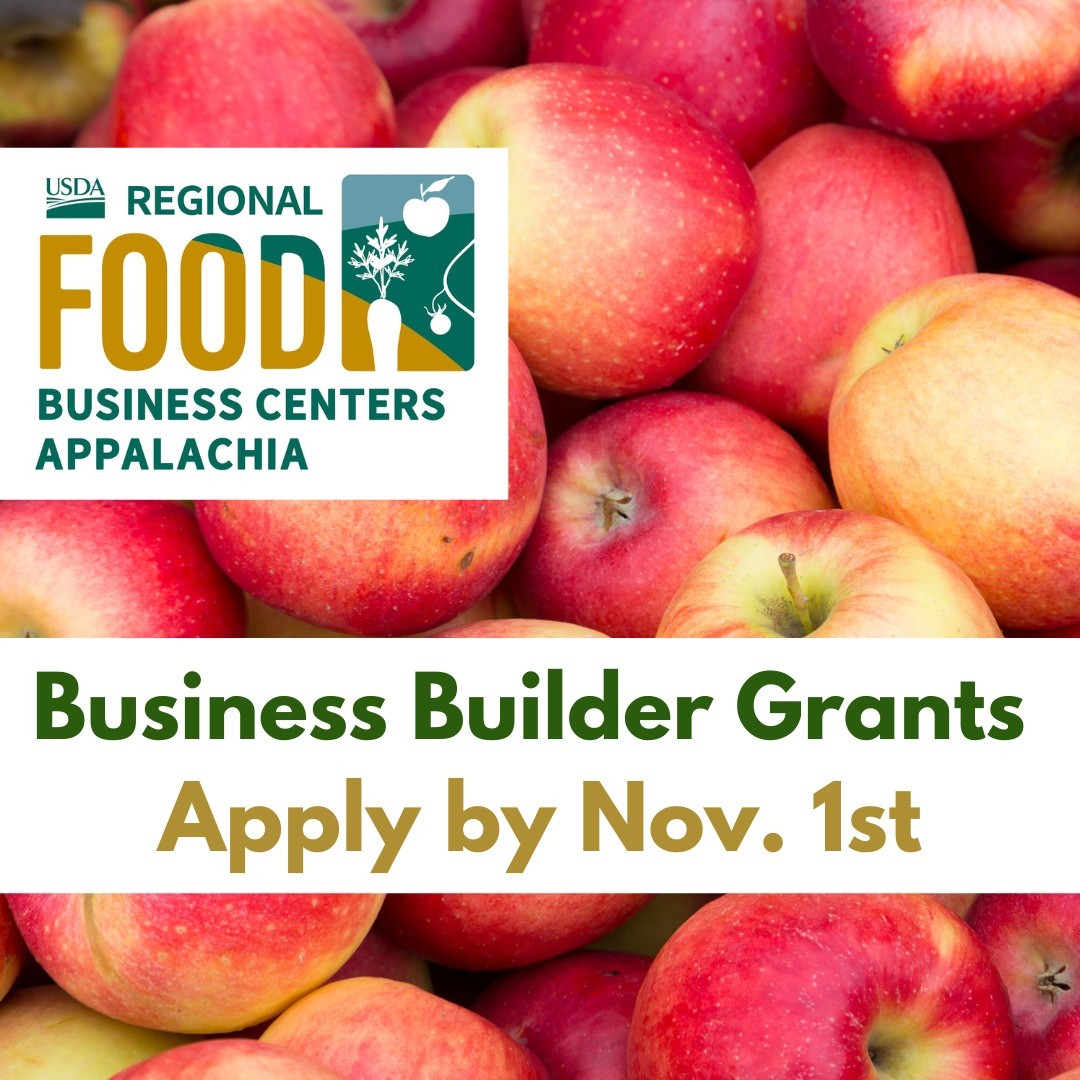An Ecosystem at your Service
Environmental strategists are redefining nature as a capitalist commodity. Sian Sullivan explains the latest thinking from those pushing for the global enclosure of local commons.
What are “Ecosystem Services”? At first hearing, they sound like a firm of consultants who help you repair your ailing ecosystem. In fact it’s the other way round, the service is provided by people with ecosystems to people who no longer have one, and who need one. For example if your forest, or your peat bog is absorbing carbon, it is providing a service to other people who are producing excessive CO2 and need something, somewhere to absorb it. Other ecosystem services include climate regulation, maintenance of biodiversity, water conservation and supply, and the preservation of aesthetic, cultural and spiritual values. The emerging view is that the people receiving these ecosystem services should start to pay for them.
The United Nations Environment Programme, together with the International Union for the Conservation of Nature, has recently published a document called: Developing International Payments for Ecosystem Services, which states:
“By offering economic incentives for maintaining ecosystems services, Payments for Ecosystems Services operates on the basis that market forces can offer an efficient and effective means of supporting sustainable development objectives” (1)
This would involve market mechanisms which enable financial investments to flow from areas requiring ecosystems services, such as the maintenance of biodiversity, to areas providing these services. The predicted pattern of these flows is from urban to rural areas, and from the political and economic “core” of the global north to the “periphery” of the global south.
The financial benefits are received by what the UN terms local “environmental communities” – the people living in the landscapes providing these newly priced ecosystem services. In return these people will restructure their own relationships with land to conform more closely with the kind of landscapes now so valued globally.
An image on the front page of this document makes the hope of this approach clear. Depicting bank notes of various currencies embedded as leaves in verdant forest foliage, it seems to suggest that it may indeed be possible for money to grow on trees. Nature is money, and it is only the correct attribution of financial value that stands between the conservation of desirable biodiversity and its conversion into undesirable alternatives.
Local Food is Not a Global Service
It is a progressive and radical step for economics and finance to be attempting to apply value to ecosystems and to the health of the earth’s interconnected dynamics. At the same time, the form that this value is taking is shaping reality in ways that beg engagement and critique. There are some far-reaching implica- tions of these schemes for the food production systems, liveli- hoods and lifeworlds present in landscapes that are becoming thought of as “marginal” in terms of food production, but as profitable in terms of ecosystem protection.
The implications of the expansion of new markets for ecosys- tems services for food sovereignty are apparent in a document published last year by the Food and Agriculture Organisation (FAO). Called Livestock’s Long Shadow (2), this is an overview of the impacts globally of livestock production. It makes some startling suggestions regarding the extensive livestock production practices that are engaged in by pastoralists in so-called marginal lands, i.e. dryland and other highly variable environments, worldwide.
Iterating a long held view that these practices directly cause environmental degradation in these landscapes — “large areas have become degraded as a result of poor management and grazing pressure” — the report further demonizes extensive livestock farming and landscapes through the claim that these systems currently produce the largest share of the greenhouse gas emissions that are attributed to livestock. (3) It goes on to add that livestock farming in developing countries is something that people are trapped into because they are poor, implying that given the choice they would engage in other forms of production. It then proceeds to create an equation between peoples’ local demand for food products on the one hand, and a global demand for the environmental services located in these same landscapes on the other. A key element of its recommendations is that landscapes characterized, and arguably created, by extensive grazing practices need to be “reoriented towards adding environmental service provision [including biodiversity-related services], rather than mere production and subsistence”.
What then happens to all the food producers currently and historically using, managing and sustaining these landscapes remains unclear. As the FAO report states, “a shift from current ‘extractive’ grazing practices to environmental service-oriented grazing raises questions of paramount importance: … [including] how to deal with the poor who currently derive their livelihoods from extensive livestock.” This seems rather crass. “The poor” who have to be “dealt with” might include peoples as diverse as Maasai of East Africa, Raika pastoralists of India’s Rajasthan, and highland herders in Peru: a global fabric of rich and different cultures sustained through mixed farming practices of which livestock constitute a major part. Importantly, such peoples may not define themselves and their land-entwined lifeworlds as “poor”. (4) Nevertheless, it seems as if they are (again) to become “extras”, or even “disposable”, (5) in a new global restructuring of values that (once again) frames them as poor, marginal, and environmentally problematic.
Ecosystems + Equity + Economics = Sustainable Development? (6)
Equity n. 1. fairness; recourse to principles of justice to cor- rect or supplement law; system of justice supplementing or prevailing over common and statute law. (7)
There is a further thread to this restructuring that is of immense significance. This is that the proposed shift in landscapes — from those that produce food for local contexts to those that provide ecosystem services for global urban contexts — is also framed in terms of a business opportunity in classic market economic terms. Thus valuing ecosystems services as marketable assets will provide “new trading opportunities” with buyers and sellers trading IPES (the UN’s acronym for “international payments for environmental services”) to generate profit that “does not imply the loss of natural assets. (8) Environmental credits rewarded to businesses for ecosystem improvement activities might be “‘banked’ against future environmental liabilities” or sold to other land developers “to compensate for the adverse environmental impacts of their projects”. And a new breed of “commercial conservation asset managers” will be required to manage these exchanges and revenues. (9)
In other words, a growing scarcity of environmental resources is seen as increasing the demand for the ecosystem services provided by these resources; and both of these factors increase the market value of these services, in ways that outcompete other uses of the landscapes providing them. (10) For this market value to be captured through pricing mechanisms, what is needed is the creation of new commodities or currencies that symbolize the value of nature in her new guise as service-provider. As with any commodity or currency, these can be traded on global markets, and brought into speculative practices that permit the addition of more financial value to these new commodities/ currencies, thereby increasing desire for the profits they might generate.
Something similar has happened with the growing global trade in carbon credits which was worth over $30 billion in 2006. (11) In this case a new currency (carbon credits) has been created from the prior creation of carbon as a tradeable commodity. This has enabled the emergence of a speculative trade that,under the frenetic spell of finance markets, is released from material reality, bears scant relationship with the real world of emissions and forests, and arguably has done little to reduce carbon emissions globally. (12)
Further, and as the FAO report notes, the process of capturing this value “is easier where land is under private property”. This works well for major companies with clear title to their appropriated land: for example the mining conglomerate Rio Tinto who, with IUCN, are “exploring opportunities to generate marketable ecosystems services on land owned or managed by the company”, including “potential biodiversity banks in Africa, as well as the opportunity to generate marketable carbon credits by restoring soils and natural vegetation or by preventing emissions from deforestation and degradation”. (13) The implications for commonly owned land and collective resource management practices linked with landscapes and diverse cultures worldwide are less clear (although history may provide some hints).
Ecosystems + Equity + Economics = Enclosure?
Equity n. . . . 3. (in pl.) stocks and shares not bearing fixed interest. 4. value of shares issued by a company; net value of mortgaged property after deduction of charges.
What we are seeing here is a major new wave of capture and enclosure of Nature by capital, via the construction of new “green” commodities and currencies that can be traded, and therefore speculated on, internationally. It is fuelled by a crisis of accumulation in investment, whereby investors are seeking new commodities to sustain the returns on their investment portfolios (14), and is facilitated by the release of capital from material realities in speculative finance markets (although perhaps current disturbances to global finance markets are an indication that these speculative practices are coming down to earth — thanks to “the force of nature that the credit crisis has become”). (15)
We know that past revolutions in capital investment — the European agricultural and industrial revolutions and their extension worldwide through the colonial enterprise — also had major implications: both in terms of structuring people as labour (and as service-providers) for capital; and in terms of the shattering of peoples’ relationships with landscapes that was required in the process.
It seems important to think through some of the possibly similar implications of this new revolution of green market expansion, particularly in the areas of food production and alternative choices for autonomy and self-sufficiency. This powerful and globalizing growth of “market environmentalism” has set in motion a significant renaming and claiming: of Nature as global service-provider (what would nature’s labour union look like I wonder?); of those living on the land as caretakers of these services; and of scientists, economists and stockbrokers as creators and mediators of value for both. The circle in its entirety has profound cultural and psychological implications for everyone. By capturing the discourse on what Nature is, and by claiming a “unifying language” (16) based on economics for mediating relationships with the non-human world, it creates an abstract space of transactions that are lifted away from material, embodied and emplaced realities, but that also have far-reaching impacts on these realities.
Sian Sullivan is a lecturer in Environment and Development at Birkbeck College, London. This article is an edited version of a paper called “Markets for Biodiversity and Ecosystems: Reframing Nature for Capitalist Expansion?” presented at an Alliances Workshop at the IUCN World Parks Congress, International Institute for Environment and Development (IIED), 8th October 2008.
REFERENCES
1. UNEP/IUCN 2007 Developing international payments for ecosystem services: towards a greener world economy, online http://www.unep.ch/etb/areas/ pdf/IPES_IUCNbrochure.pdf, accessed 23 September 2008, p. 2, emphasis added.
2. FAO, Livestock’s Long Shadow, Rome, 2007; http://www.fao.org/docrep/010/a0701e/a0701e00.htm, accessed 26 September 2008.
3. As elaborated and critiqued in Fairlie, S. “The Vital Statistics of Meat”, The Ecologist 38(8): 16-20, 2008; also Fairlie, S. The Land, Issue 4, Winter 2007/8.
4. As highlighted in the statement that The Poor Are Not Us, used as the title for an edited volume on poverty and pastoralism by Anderson, D.M and Broch- Due, V. 1999, Oxford, James Currey.
5, Cf. Giroux, H. Stormy Weather: Katrina and the Politics of Disposability, Boulder Colorado, Paradigm Publishers, 2006; see also Giorgio Agamben’s “State of Exception”.
6. This subtitle is the current ‘E3’ slogan of the World Business Council for Sustainable Development (WBCSD), a network of some 200 corporations whose mission is ‘to provide business leadership as a catalyst for change toward sustain- able development, and to support the business license to operate, innovate and grow in a world increasingly shaped by sustainable development issues’, Sustain 30, p. 2. also see www.wbcsd.org.
7. Fowler, H.W. and Fowler, F.G. 1982 (1964) The Concise Oxford Dictionary of Current English, 7th edn. Edited by Sykes, J.B. Oxford University Press. p. 326.
8. García-Orcoyen, C. “Natural Assets: Conservation Instruments or Instru- ments for Change?” Sustain 30: 6-7, p. 6, 2008
9. Bishop, J. 2008 “Building Biodiversity Business: Notes from the Cutting Edge”, Sustain 30: 10-11, p. 10.
10. Op cit. 2, FAO Livestock’s Long Shadow, p. 280.
11. IUCN & WBCSD, “Markets and Ecosystems”, Sustain 30: 22-23, p. 23, 2008.
12. See the excellent work done in this regard by www.carbontradewatch.org, e.g. Smith, K., The Carbon Neutral Myth: Offset Indulgences for your Climate Change Sins, Amsterdam, Transnational Institute,2007.
13. Op Cit 9, Bishop, J., p. 11. 14. Something here on crisis of accumulation aka tutorial with Jim! 15. O’Grady, S., “Shares Dive at Record Rates around the World, The Independent , 7 October 2008, p. 2.” 16 Ibid., UNEP/IUCN 2007 Developing International Payments, p. 2.


